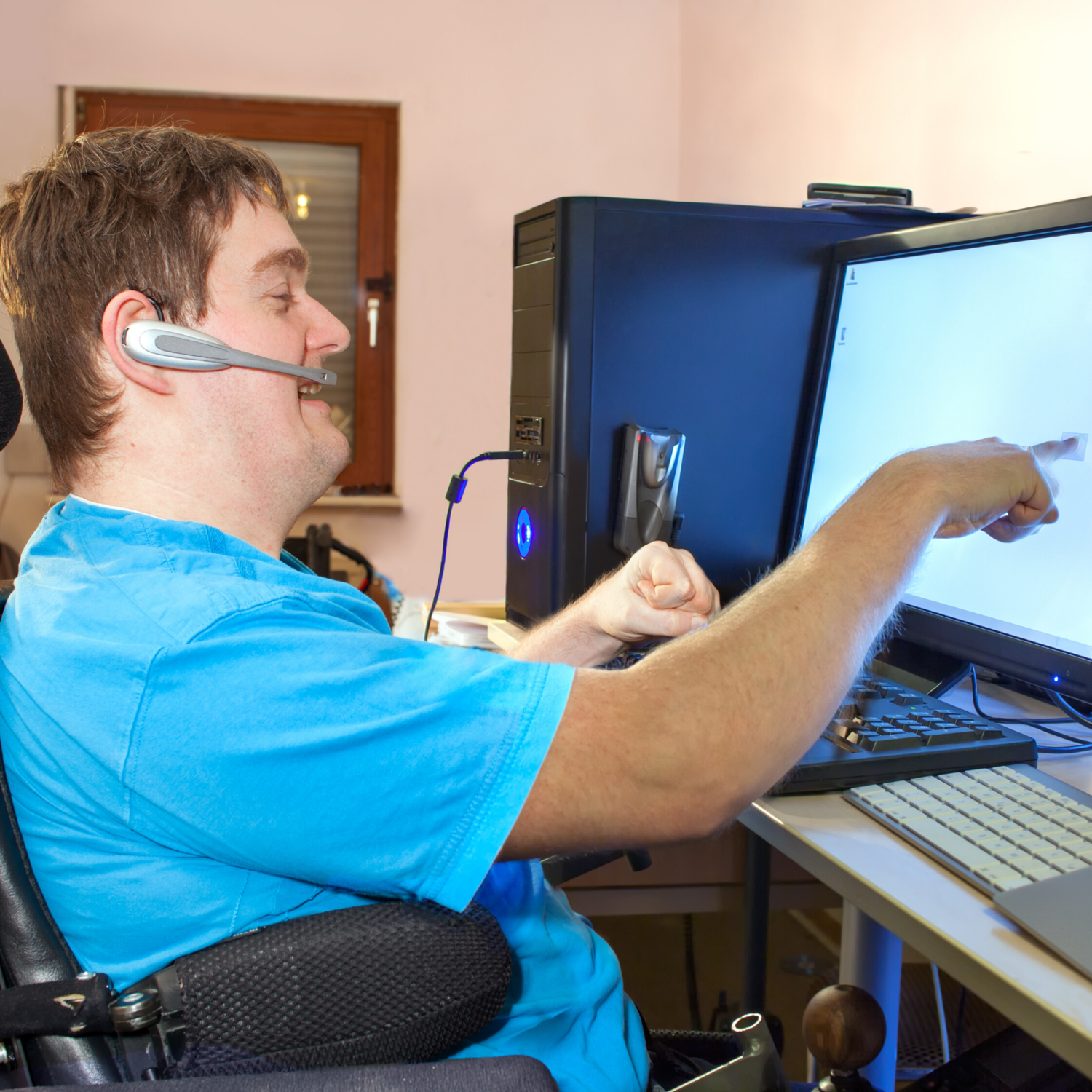AAC Basics Part 1: Terminology, Roles, & Responsibilities

Get .1 ASHA CEU here
You just found out you have an AAC user on your caseload - congratulations, get ready to have some fun! If it has been a while since you’ve worked with somebody with complex communication needs (CCN), if you’ve never worked with somebody with CCN, or if you just want a review of the basics - this episode is for you! In this episode we will provide a quick overview of some key terminology and intervention strategies - as well as load you up with resources where you can learn more. This episode won’t cover the AAC assessment process, but will give you information about what questions you might want to ask yourself when designing and providing ongoing treatment for somebody who uses AAC. Communication partners are a big piece of the puzzle when developing a plan for optimal communication for the AAC users in your life. We’ll also point you in the direction of some great partner training literature, as well as give you tips for where you might want to start right now with your service delivery.
As is the way sometimes, we have a lot to say about this topic, so we couldn’t fit it all into one episode. Stay tuned for Part 2, where we will identify barriers for successful implementation and strategies for success across different environments. We will also put all this new knowledge into practice and discuss several clinical cases as examples.
Come join us, be our nerdy friend, listen, learn, and earn ASHA CMHs (other providers check with your credentialing organization to find out if our quiz and certificate of participation counts toward the professional development requirements for your license, email us with any questions!).
ASHA Professional Development hours are offered for this course (1 certification maintenance hour). Visit our ASHA Professional Development page for more information.
Learning objectives
Identify and define at least 2 key terms used in AAC
Identify at least 2 personnel roles and responsibilities involved with AAC assessment and intervention
References
Ratcliff A, Koul R, Lloyd LL. Preparation in augmentative and alternative communication: an update for speech-language pathology training. Am J Speech Lang Pathol. 2008;17(1):48‐59. doi:10.1044/1058-0360(2008/005)
Cathy Binger, Laura Ball, Aimee Dietz, Jennifer Kent-Walsh, Joanne Lasker, Shelley Lund, Miechelle McKelvey & Wendy Quach (2012) Personnel Roles in the AAC Assessment Process, Augmentative and Alternative Communication, 28:4, 278-288, DOI: 10.3109/07434618.2012.716079
Online Resources
Augmentative and Alternative Communication: https://www.asha.org/public/speech/disorders/AAC/
Augmentative and Alternative Communication: A Glossary: https://www.asha.org/public/speech/disorders/AAC-Glossary/
Information for AAC Users: https://www.asha.org/public/speech/disorders/Information-for-AAC-Users/
ISAAC: What is AAC? https://www.isaac-online.org/english/what-is-aac/
Iconicity - Libby Rush’s ASHA presentation 2007: file:///home/chronos/u-7131d381df49d87e032b826afd4ed96b8fc99eef/MyFiles/Downloads/0914_Rush_Elizabeth_2%20(1).pdf
Communication Matrix Handbook: file:///home/chronos/u-7131d381df49d87e032b826afd4ed96b8fc99eef/MyFiles/Downloads/handbook.pdf
Communication Matrix 7-Levels of Communication Handout: https://www.gadoe.org/Curriculum-Instruction-and-Assessment/Special-Education-Services/Documents/Vision/VI%20Consortia%205-8-15/Seven%20Levels%20of%20Communication%20in%20the%20Communication%20Matrix.pdf
Core Vocabulary: Making Sense of Symbols: https://praacticalaac.org/praactical/core-vocabulary-making-sense-of-symbols/
AAC Communication Decisions: https://www.asha.org/public/speech/disorders/communicationdecisions/
Communication Community Blog: www.communicationcommunity.com
Disclosures:
Financial: Kate Grandbois is the owner / founder of Grandbois Therapy + Consulting, LLC and co-founder of SLP Nerdcast. Amy Wonkka is an employee of a public school system and co-founder of SLP Nerdcast.
Non-financial: Kate and Amy are both members of ASHA, SIG 12, and both serve on the AAC Advisory Group for Massachusetts Advocates for Children. Kate is a member of the Berkshire Association for Behavior Analysis and Therapy (BABAT), MassABA, the Association for Behavior Analysis International (ABAI) and the corresponding Speech Pathology and Applied Behavior Analysis SIG.
Time Ordered Agenda:
10 minutes: Introduction, Disclaimers and Disclosures
20 minutes: Descriptions of key terms used in AAC
15 minutes: Descriptions of the personnel roles within AAC assessment and intervention
10 minutes: Descriptions of the personnel responsibilities within AAC assessment and intervention
5 minutes: Summary and Closing
Disclaimer
The contents of this episode are not meant to replace clinical advice. SLP Nerdcast, its hosts and guests do not represent or endorse specific products or procedures mentioned during our episodes unless otherwise stated. We are NOT PhDs, but we do research our material. We do our best to provide a thorough review and fair representation of each topic that we tackle. That being said, it is always likely that there is an article we’ve missed, or another perspective that isn’t shared. If you have something to add to the conversation, please email us! Wed love to hear from you!
__
SLP Nerdcast is a podcast for busy SLPs and teachers who need ASHA continuing education credits, CMHs, or professional development. We do the reading so you don’t have to! Leave us a review if you feel so inclined!
We love hearing from our listeners. Email us at info@slpnerdcast.com anytime! You can find our complaint policy here. You can also:
Follow us on instagram
Follow us on facebook
We are thrilled to be listed in the Top 25 SLP Podcasts! Thank you FeedSpot!